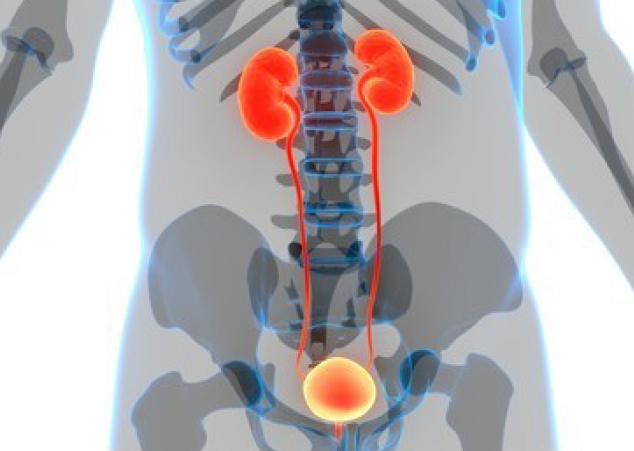
September 7, 2024
Did You Recognize Hormonal Inequality Can Affect Bladder Health And Wellness?
Urinary System Incontinence Diagnosis And Treatment They will certainly have assisted many individuals with these troubles before and can advise the very best treatments for you. Urinary system urinary incontinence occurs when pee leakages from your bladder in between washroom trips. Yours will certainly rely on what's causing the problem and exactly how significant it is. Aeroflow Urology understands handling incontinence signs and symptoms can be tough at times, specifically if you're likewise taking care of symptoms of menstruation. Allow us do the help you relating to incontinence care by sending you complimentary urinary incontinence supplies monthly if you certify. Still, when you utilize a tampon, it can do what a vaginal pessary typically does (even more about that below) and open up the urethra to allow urine to stream, causing leak.Exactly How Hormonal Agent Replacement Therapy Influences Urinary Incontinence
What is the hormone therapy for the bladder?
Treatment
Low estrogen can trigger bladder signs and symptoms by thinning the tissue that lines the vaginal canal. This lowers the elasticity and toughness of the vaginal canal and surrounding muscles, decreasing muscular tissue assistance for the bladder and associated frameworks, such as the urethra. Nonetheless, not all individuals with low estrogen develop bladder concerns. For instance, individuals who have formerly delivered might have pelvic flooring dysfunction.- These inquiries can assist your company figure out a pattern with your leak, which commonly points to a specific kind of incontinence.
- The specific feature and value of these muscle mass are controversial.
- The result can be a little leak of urine or a full loss of control.
- Research recommends that it does not elevate the levels of oestrogen in the blood very much.
- Any irregular neurologic signs should be sought by a complete neurologic assessment.
What Are My Hormonal Agent Treatment Options?
Patients whose urinary system incontinence is treated with catheterization likewise face threats. Both indwelling catheters and intermittent catheterization have a range of prospective complications (see Treatment). Although information worrying urinary incontinence in people of different races are Postpartum Recovery sparse, reports are arising that race may play a crucial function in the prevalence and chance of coverage of urinary incontinence. The function of estrogen and progesterone and p53, in developing prolapse of pelvic organ and anxiety urine incontinence is reported in many research studies [19] That based upon the topic of this write-up, a number is discussed. Results of numerous studies reveal that genital atrophy, uterine prolapse, cystocele, Rectocele, Ectropion, cervix ulcer and inflammation in females rises. The urethral disorder, nocturnal enuresis, urinary system infection is reported in 7% - 10% of postmenopausal ladies [20] In a research by Zhu and his coworkers, the level of estrogen receptor in cells of Pelvic floor of patients with tension urinary incontinence was reported significantly less than the control group [22]Social Links